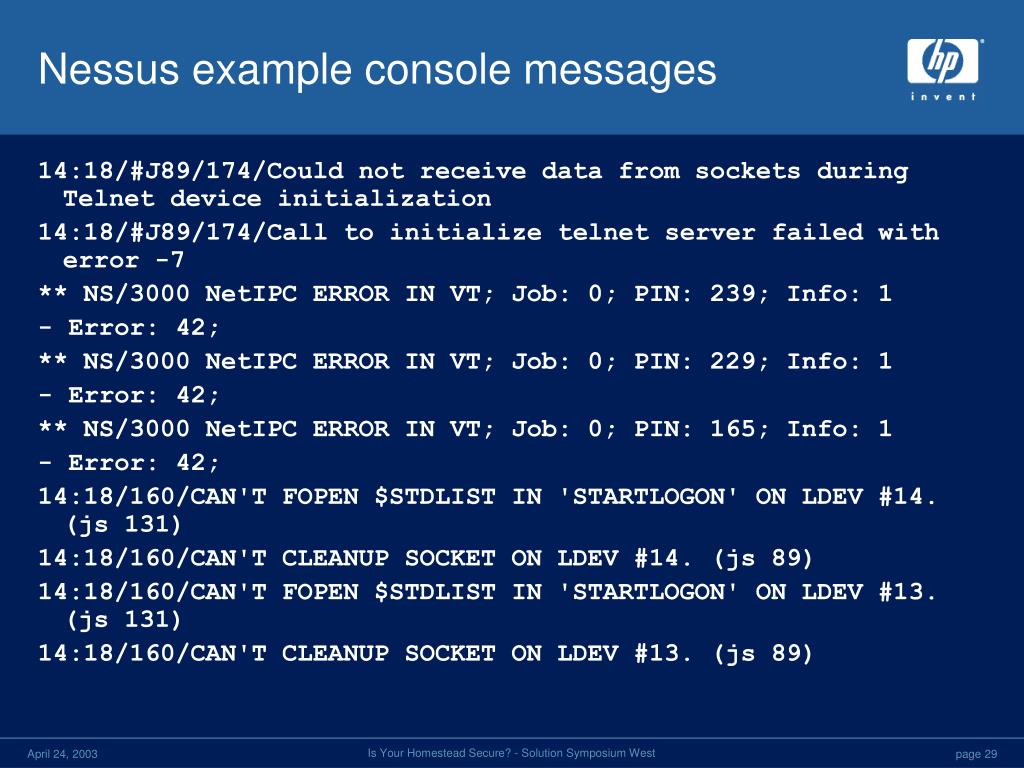

- #Wipefs probing initialization failed how to
- #Wipefs probing initialization failed install
- #Wipefs probing initialization failed archive
- #Wipefs probing initialization failed iso
- #Wipefs probing initialization failed download
Oct 02 20:28:10 localhost coreos-teardown-initramfs-network: device "bonding_masters" Oct 02 20:28:09 localhost systemd: Stopping Tear down initramfs networking. Oct 02 20:28:09 localhost systemd: Started Tear down initramfs networking. Process: 984 ExecStop=/usr/sbin/coreos-teardown-initramfs-network (code=exite> Loaded: loaded (/usr/lib/systemd/system/>Īctive: failed (Result: exit-code) since Wed 20:28:10 UTC 12min >
#Wipefs probing initialization failed install
from /proc/cmdline) during install and curl'ing it. The pxelinux.cfg files are generated from templates, so I'm including that URL in the hopes of one day being able to pick it up (e.g. In the case of Foreman, the URL is unique and generated for each build. It would be great if there was a way to curl an arbitrary URL to inform Foreman or any PXE based build system to reset the config to properly complete the installation. Manually cancelling the build in Foreman works, but must be done at the right time and ruins the automation of it all. As a result, the host permanently stays in build mode and re-installs on every reboot. The issue I have is that there is no way to do step 4 with CoreOS. Foreman modifies the pxelinux.cfg so that the system will boot from local disk.system executes a curl against a specific URL to tell Foreman that the system is built.the pxelinux.cfg for the host gets modified to point to the install initrd/kernel/etc.
I'm installing via PXE (with Foreman/Red Hat Satellite) and its working great! Kernel Command Line `_dev=sda` Causes Kernel Panic cargo release (and confirm the version when prompted).⚠️: UPSTREAM_REMOTE should reference the locally configured remote that points to the upstream git repository.Ĭreate release commits on a dedicated branch and tag it: make sure the project is clean and prepare the environment:.Push access to the upstream repository is required in order to publish the new tag and the PR branch.
#Wipefs probing initialization failed how to
These steps show how to release version x.y.z on the origin remote (this can be checked via git remote -av).
#Wipefs probing initialization failed archive
In order to ease downstream packaging of Rust binaries, an archive of vendored dependencies is also provided (only relevant for offline builds). The release process follows the usual PR-and-review flow, allowing an external reviewer to have a final check before publishing. This project uses cargo-release in order to prepare new releases, tag and sign the relevant git commit, and publish the resulting artifacts to crates.io. Link : Consider branching coreos-installer repo for Rust rewrite Temp Workaround : Boot server from rescue mode and use fdisk to delete the partition (wipefs id not available command in rescue mode)įollowing is the core os slack channel conversation link : Looking at core os installer script, It does wipefs and dd but it doesn't delete the partition.
#Wipefs probing initialization failed iso

I experience this issue when i was trying to install core os on bare metal with following steps :
#Wipefs probing initialization failed download
Information regarding how to download and use coreos-installer. Take a look at the Getting Started Guide for more The options available for each subcommand are available in theĬommand Line Reference or via the -help option. Live PXE initramfs to customize the running system that boots from it


 0 kommentar(er)
0 kommentar(er)
